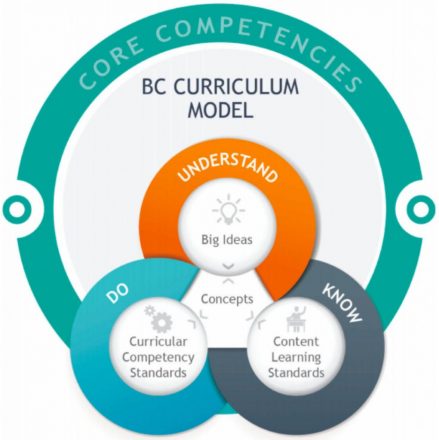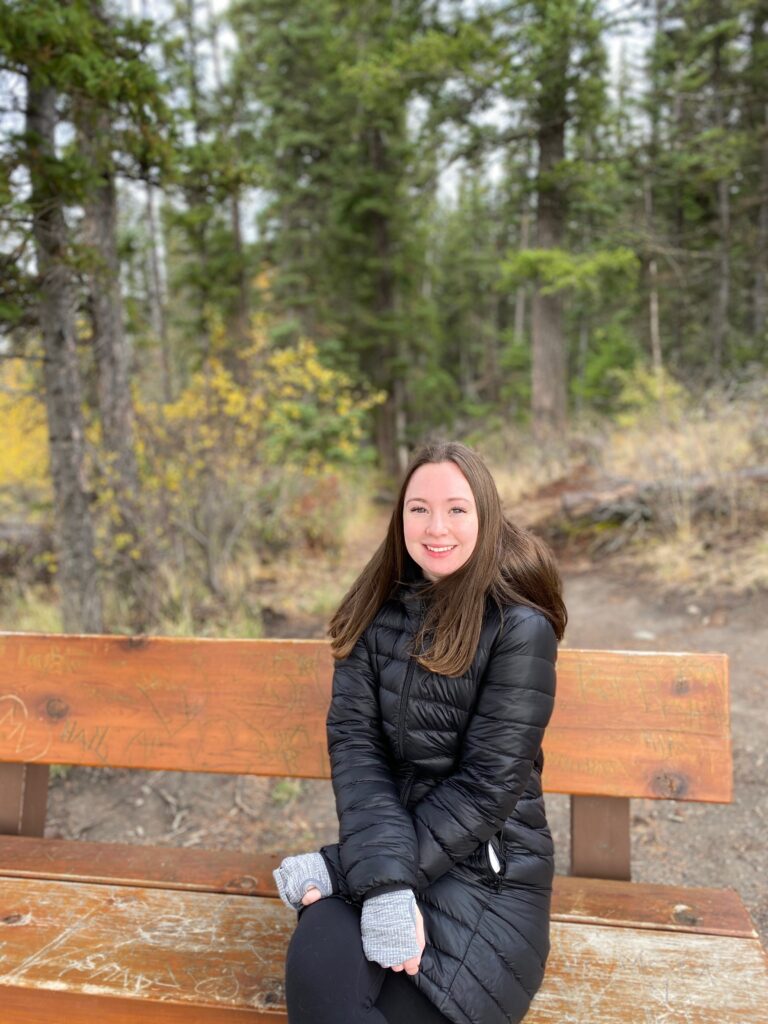Below are my responses to case studies we read in class. From reading these case studies, I learned how difficult it is to make decisions in schools regarding holidays that will be inclusive for every student as well as how social media can enhance and disrupt relationships both inside and outside the classroom.
Are Middleboro’s attempts to be inclusive to cultural minorities fair to everyone? Why or why not?
I understand that the teachers of Middleboro Elementary School are trying to do the right thing by limiting the celebration of Halloween to be inclusive of other cultures in their classroom; however, by doing so, they are unintentionally being unfair to the Canadian children who look forward to their traditions of Halloween. Halloween is an exciting day for some children where they get to dress up in costumes, carve pumpkins, go trick-or-treating, and tell scary stories. Instead of taking away the celebration of Halloween in the classroom, I think a possible way for teachers to be inclusive of everyone in their classroom could be to teach their students the origins of Halloween and the different ways it is celebrated in other cultures. For example, Mexico celebrates the Day of the Dead where they celebrate life and death and honour those who have passed on with colorful skulls and skeletons. As another example, this case study discusses the Filipino celebration of All Saints Day where families honour their loved ones who have passed away which falls the day after Halloween. I understand the teachers of Middleboro Elementary School were trying to be sensitive to this tradition by limiting the celebration of Halloween, but I think it’s the perfect opportunity to teach students how other cultures celebrate Halloween.
How might social media both enhance and disrupt relationships inside and outside the classroom?
In regards to social media, there are both positives and negatives that can arise when used inside the classroom and outside the classroom. On the positive side, we can see in the case study how social media can enhance relationships inside the classroom by allowing the students and the teacher a platform to discuss common interests. In the case study, the teacher had a blog on schooner building and the students who were interested in boats were able to follow his blog which gave them the opportunity to discuss this common interest and build their relationship. In addition, social media can enhance relationships outside the classroom by providing a platform where the students can connect and communicate with one another. As an example, students can use social media to communicate outside of class to arrange a time to get together or if they missed class they can easily reach out to a classmate and find out what the homework is. Although there are ways that social media enhances relationships, the use of social media can also disrupt relationships. For example, kids these days are so dependent on their phones to communicate with each other that it could lead to a loss of vital social skills since most would rather text their friends than engage in face-to-face conversations with them. As a result, they miss out on learning non-verbal communication skills such as eye contact, tone, posture, space between one another, etc., which are crucial skills that help create positive relationships (Fuller, 2021). Although social media comes with negatives, it is something that is predominant in our world today and will not be going away anytime soon; therefore, we need to teach kids how to use it responsibly as opposed to banning them from using social media.
References
Fuller, J, R. (2021, December 15). The impact of social media use on social skills. New York Behavioral Health. Retrieved January 19, 2022, from https://www.newyorkbehavioralhealth.com/the-impact-of-social-media-use-on-social-skills/



